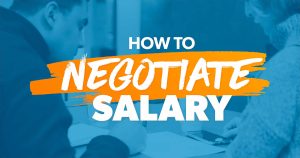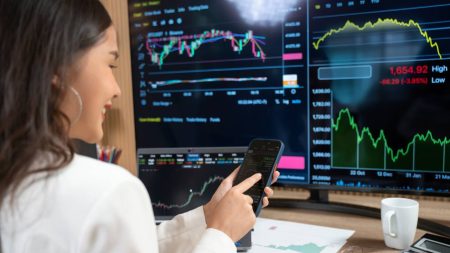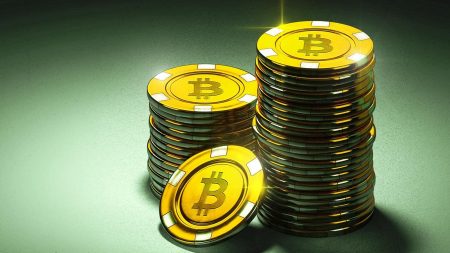The Fed ignited this inflationary cycle, and it is far from over. A must read is Peter Morici’s latest piece in Market Watch, “Whatever the inflation reports are saying, the Fed has no business lowering rates now – Fed policymakers appear to have lost touch with economic reality.”
So, how bad are things? Very. This graph shows the enormous gap the Fed created over the past twenty years.
The Bernanke-Yellen-Powell team produced irreparable damage to both the equitable health of the financial system and people’s understanding of how capitalism and capital markets should function.
The Fed’s constant overriding of market-determined interest rates, and the insistence on below inflation rates, were inexcusable, false attempts to create growth. Instead, they punished savers, conservative investors, insurance companies, local governments, and all other capital suppliers who deserved a fair return.
So, what is a fair return? Capital market valuations and returns (both actual and anticipated) start with full compensation for inflation. Why? Because inflation is the cheapening of a currency’s value. If someone is going to save or invest, they expect an inflation offset plus a real return. How much of a real return? Enough to compensate for the risk taken. At the low end is the so-called “riskless” return of short-term U.S. Treasury Bills.
Note: Most analysis is done on a quarterly basis because key data such as GDP growth and company earnings are reported quarterly. Therefore, it is the 3-month U.S. Treasury Bill that gets the “riskless” label.
But wait. “Riskless” does not mean the real return expected is 0%. That is because the next three months of inflation is not assured. Therefore, in an unsettled environment when inflation could be higher than expected, the real return demanded by savers/investors will be higher. Then there is today’s unwelcome risk caused by the Congressional actions and attitudes. They have led to the credit rating services tweaking the U.S. dollar’s historically premiere status. Another $trillion deficit, another political threat of a government shutdown (which means the inability to make interest and maturity payments), and another credit agency making a negative comment means those savers/investors want a bump in return. It does not matter that the added risk is low – the uncertainty is a chink in the “riskless” label.
On the other side are the capital users who, with cheap money, were able to act in reckless ways and milk the financial system for its artificially low interest rates. And this sloppy, weak, inequitable behavior is just what fully functioning capitalism and capital markets are designed to prevent. Think of the situation this way. If you could buy an overpriced investment that yields only 5% when 3-month T-Bills yield 5%, you would not. But if the Fed offers you a near-0% borrowing rate, you would jump at the opportunity. That is what the Fed calls good economic improvement – actions taken because of cheap money.
But lousy investments are not good. They waste valuable capital resources by creating mediocrity, gluts, and failures. Moreover, they encourage destructive actions that would never have been taken in untampered capital markets. The ironic blowup was the Fed’s purchasing $trillions of low-yielding mortgage bonds in 2020-2021 to create money to aid the Covid economy’s drop. Many regional banks followed the Fed’s lead as the cash poured into their accounts. Now the regional banks are trying to dig out of their mortgage bond losses and minimal interest payments. The Fed? Its promise to reduce the created $trillions in cash by selling off their bonds turned into a minimal action of not reinvesting some of their bonds’ payments. Touting their false claim of beating inflation, they have further reduced that paltry amount. Meanwhile, as a government agency, their portfolio shows no harm because it is valued at cost, not the much lower market prices.
Then there was Powell’s folly: The too-late recognition that his Covid policies of near-zero rates and the creation of $trillions of new money was igniting the inflation bonfire. This link is well described in the economic and financial history books and is well known by those who were active during the 1966-1982 inflation cycle. So, why did Powell repeat it? I suppose it was hubris – the thought that this time, producing money would go to good works, not to higher prices. Whatever, Powell’s actions should not have happened, but they did. What is worse is that there is no going back. All the savers/investors’ lost income is gone. Now, with the Covid period inflation crossing above 20%, people are stuck trying to make ends meet. Powell’s statements that inflation is almost defeated is false. That 2020 $1000 price is now up to $1200. Increase it by 3%, and that price rises to $1236.
So, now what?
First, stop thinking that lowering the interest rates is a positive action. It is not. It is inequitable, disruptive, and detrimental. Instead, the Fed has to get out of the interest-rate-setting business and let the capital markets do their job, unfettered.
Second, know that most economists are terrible forecasters and problem solvers. What we need now is a knowledgeable, common-sense pragmatist. Someone like Paul Volker, who conquered that last inflationary period.
Third, the President and Congress need to stop looking to the Fed for cheap money to fill their trillion-dollar spending holes. Perpetually growing national debt is another form of inflationary pressure – even if it is for “good works.”
The bottom line – Combatting inequity is the highest need now
Inequity is a terrible condition. For the disadvantaged it produces envy, fear, hate and despair. The search for relief (that is, recognition, hope and regained status) leads them to organizations and individuals who appear to have the cure.
Once inequity is entrenched, it typically (always?) requires a major shakeup of some sort to get the reform ball rolling. That is when well-qualified leaders, enticed by the challenges, are sought out. Three examples:
- President Franklin D. Roosevelt (Great Depression’s negative spiral)
- President Dwight D. Eisenhower (World War II returning GIs, U.S. debt, and Cold War actions)
- President Ronald Reagan (near-runaway inflation with economic weakness)
Under each president, actions and innovations were developed to cure ills and bolster strengths. Moreover, all the presidents worked with wise, competent people to determine sound strategies and actions – not just easily popular ones.
Read the full article here










